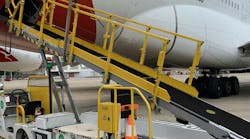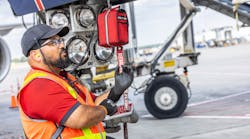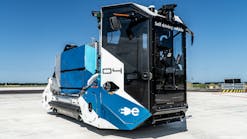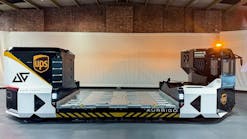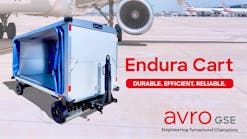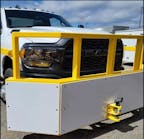"Burden carrier" and "utility vehicle" are terms that are sometimes used interchangeably.
At Waev Inc., Gerry Hoadley, director of ground support equipment, says they call them “industrial trucks” because they offer the towing and hauling capabilities of pick-up trucks in a durable and practical form factor. Waev offers burden carriers through its Bigfoot product line.
“Bigfoot burden carriers distinguish themselves by being right-sized, cost-effective, fully electric and can easily replace traditional UTVs [utility terrain vehicles], golf carts, tractors and trucks,” Hoadley says.
Uses for Burden Carriers
Bigfoot electric burden carriers have ranges up to 60 miles, load capacities up to 3,000 lbs. and towing capabilities of up to 10,000 lbs.
Hoadley says their versatility makes them ideal for a variety of environments: inside manufacturing facilities and convention centers to outside resorts, corporate campuses and parks. Heavy-duty (rugged and powerful) applications include construction sites, refineries and rail yards.
Beyond their common uses, Bigfoot electric vehicles (EVs) can operate in areas where golf carts are typically found, while providing the towing and hauling power of pick-up trucks. Their steel body construction ensures they last for decades, making them a reliable investment.
In airport operations, all-electric burden carriers support tasks such as baggage handling and maintenance operations, offering a single versatile solution for ground support operations.


